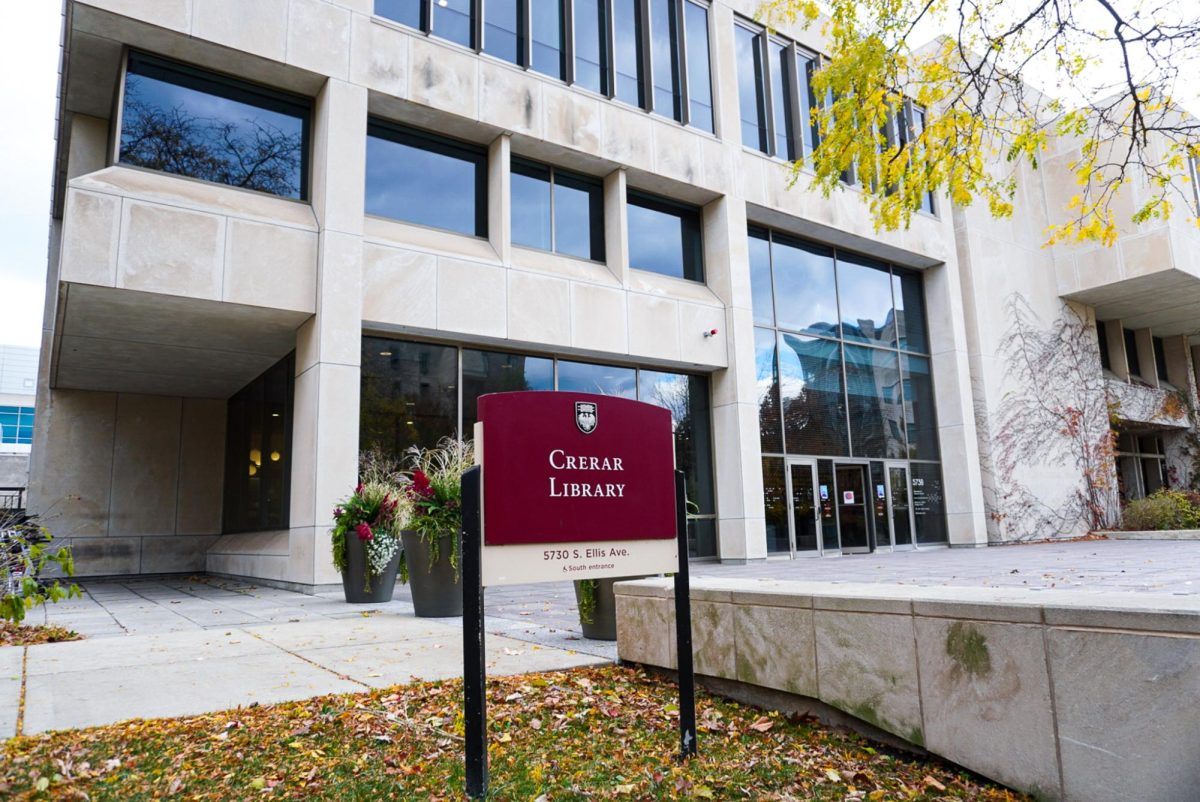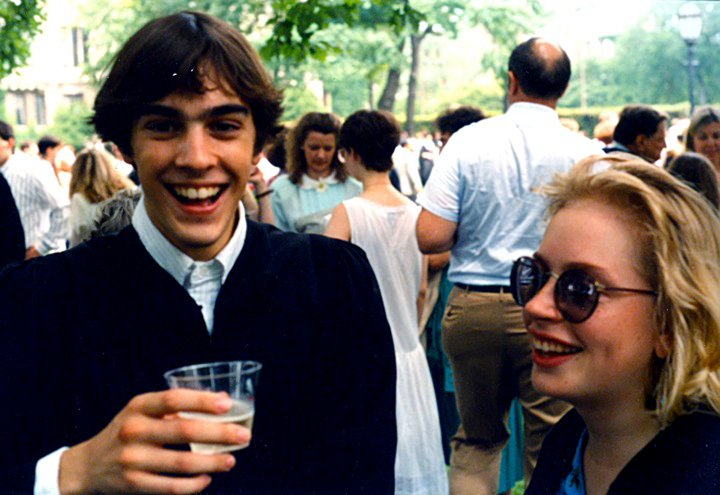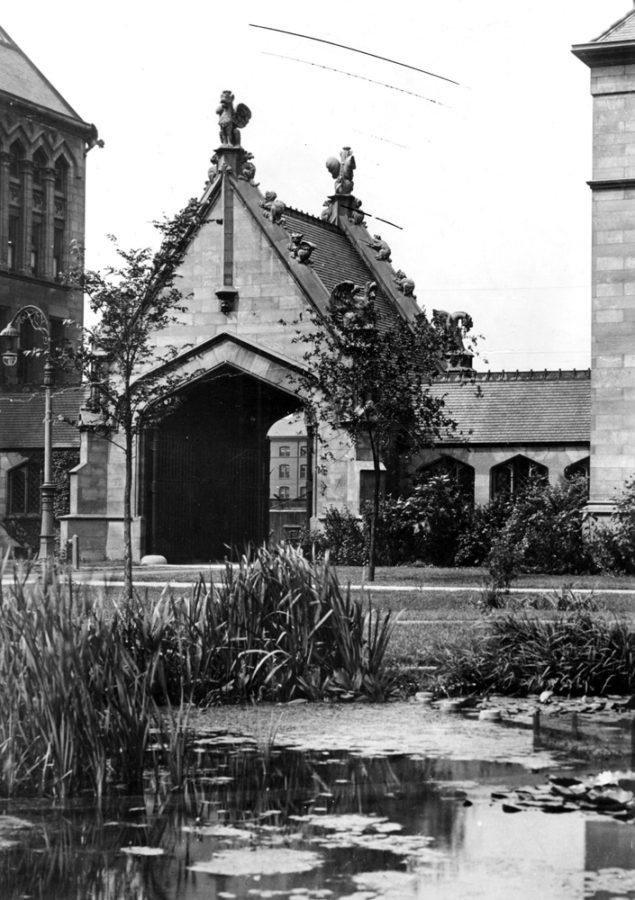Every year around this time, admissions officers in Rosenwald Hall trim down their list of applicants into a final group of high school students who, through some mixture of hard work and quirky charm, have earned themselves one of the coveted admittance letters inviting them to attend the U of C. Undoubtedly, this is an anxious time for the staff, tasked with sorting through GPAs and SATs, reading and rereading uncommon essays, and ultimately making judgments affecting the future of people they’ve likely never met. But, relative to our peer institutions, Ted O’Neil and his crew have it easy—at the U of C, we accept a substantially higher portion of applications than any other school in the top 20.Apologists here attribute our high acceptance rate—the direct result of a low number of total applicants—to “self-selection” and argue that the obsession with rankings and statistics runs counter to the University’s aim of fostering a unique academic climate. This thinking, of course, ignores the fact that with a larger applicant pool to fish from, the admissions office would have even greater success in putting together a class of interesting and talented individuals. Truthfully, the phenomenon is explained far more simply: Outside academic circles, very few people have any idea what the U of C is. Even in our own city, students constantly find themselves explaining where exactly they go to school (“No, no, the U of C, not UIC, it’s…no, not a state school, it’s private…we’re down on the South…Barack Obama—ah, never mind.”). The problem becomes particularly acute when out on the job hunt—no feeling is more devastating than a recruiter invalidating your $200,000 investment by having never heard of the University.The solution is obvious to anyone who has walked down Michigan Avenue and seen the cavalcade of Starter jackets with fighting leprechauns, Native American chiefs, or purple wildcats patched to the shoulder—they CONTACT _Con-3A4375601 University of Chicagoshould bring back Division-I athletics.That isn’t to say the University should abandon all academic principles, erect a giant football stadium in Washington Park, and turn the Student Activities Fee over to Fiji to throw Saturday-morning tailgates on the Quads. But imagine the brand recognition schools like Georgetown, Duke, and Stanford—all academically prestigious universities—regularly earn from the success of their sports teams. Even our Ivy League counterparts see at least one team advance to March Madness every year, garnering national exposure for their schools and programs. At a school like George Mason, which had little national academic or athletic reputation, freshman applications rose by 20 percent after a fluke run to the Final Four in 2006. While sports can overwhelm academic priorities, they can also supplement and grow efforts in the classroom.Athletics also prove the cornerstone of most universities’ fundraising efforts, giving alumni a tangible link back to campus long after they have left. Unsurprisingly, the U of C falls short of peer institutions by this metric as well. Big basketball games or lacrosse matches knit a community together, and homecoming and rivalry weeks bring alumni back to Hyde Park to spend money, buy merchandise, and consider donations. At the same time, lucrative conference affiliations can funnel money back to even the most athletically inept programs, easing tight budgets across the University.The move wouldn’t even require substantial infrastructure improvements; to qualify for Division I, a school just needs seven men’s and women’s teams, a requirement the University already exceeds on the D-III level. There even exists a provision for schools like Georgetown, Villanova, and UC Davis that want to participate in major conference play for every sport except football. Probably the most substantial argument against D-I athletics, though, is that they would fundamentally change campus culture. But as the athletes who are already here have proven, it is possible to find athletic talent, enthusiasm for sports, and academic prowess coexisting. Students might also be more socially engaged, trading cubicles in the Reg or trips to Noodles with their same group of friends for the excitement of a face-painting, sign-waving student section once a week. This is not a bad thing. The culture of misery and isolation might be unique, but that doesn’t mean it should be cherished. Part of going to college is these types of shared experiences that are not only enjoyable but transcend particular universities and towns.When Robert Hutchins eliminated the University’s affiliation with the Big 10 in 1946, it was part of a broader movement to eliminate “distractions” like fraternities and religious organizations. In time, the U of C came to realize that while Hutchins’s priorities may have been in order, the extreme lengths to which he went were not.
Justin Sink is the Editor-in-Chief of the Maroon. He is a fourth-year in the College majoring in political science.







